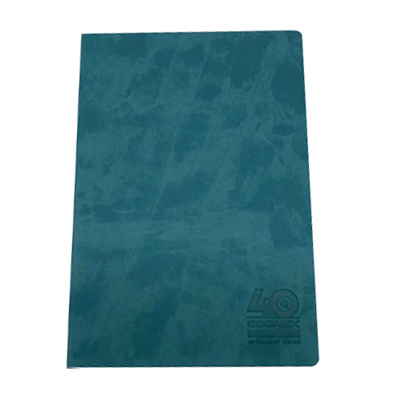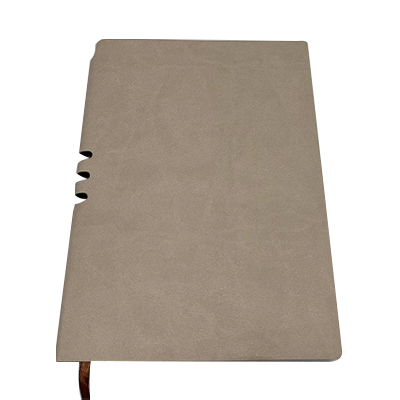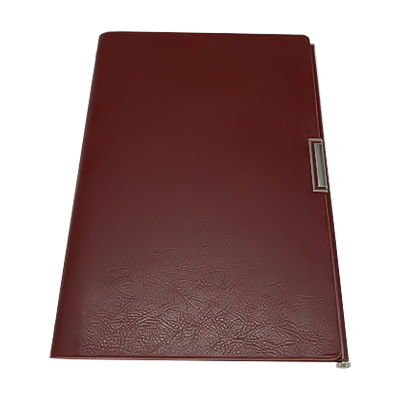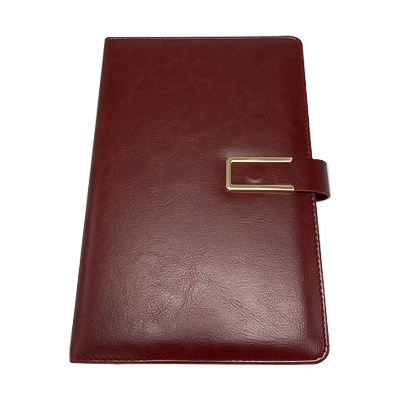As environmental issues continue to grow, more and more consumers are becoming conscious of the materials used in everyday items, including tableware. Among the various tableware options, paper and plastic tableware are two of the most common choices. These two materials each have their advantages and disadvantages, but their environmental impact is vastly different. So, when choosing between paper and plastic tableware, which one is more eco-friendly?
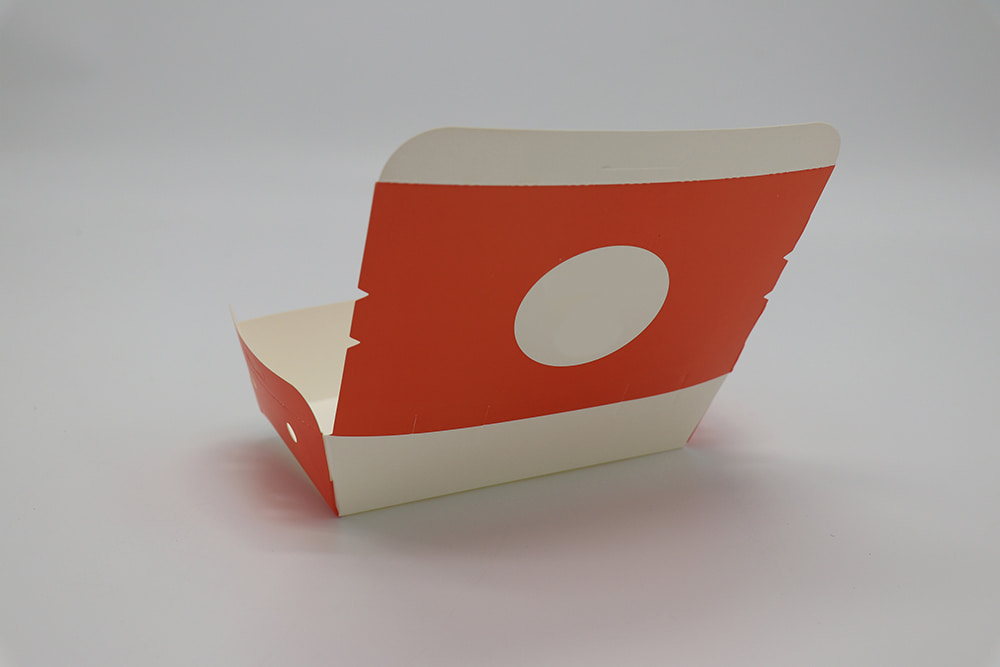
1. Environmental Benefits of Paper Tableware
Paper tableware is typically made from wood pulp or other plant fibers, making it relatively eco-friendly. As awareness of environmental issues increases, more consumers and businesses are choosing paper tableware because it decomposes quickly and places less burden on the environment after use. Let’s explore the environmental advantages of paper tableware from several aspects.
1.1 Biodegradability
One of the biggest environmental advantages of paper tableware is its biodegradability. Unlike plastic, paper products can break down relatively quickly in the natural environment. Most paper tableware is made from renewable resources, such as wood pulp or bagasse (sugarcane residue), and these materials have a minimal impact on the environment during decomposition. Depending on the environmental conditions, paper tableware may fully decompose within months, which significantly reduces waste accumulation.
For example, a typical paper plate buried in the soil will decompose quickly without leaving long-lasting waste on the planet. In contrast, plastic tableware can remain in the environment for hundreds of years, having almost no chance of decomposing naturally.
1.2 Recyclability
While some paper tableware may have coatings or plastic layers, most paper tableware is recyclable if it doesn’t contain non-biodegradable materials. Many modern manufacturers of paper tableware use eco-friendly coatings, making these products recyclable and reducing environmental impact. Furthermore, recycled paper materials can be used to make new paper products, contributing to a circular economy.
For instance, some brands now offer paper plates and cups that are free of plastic coatings, which means they can be fully recycled without contaminating the recycling stream. By recycling, paper products’ resource value is further enhanced.
1.3 Sustainable Resource Sourcing
Although the production of paper tableware does consume resources, these resources generally come from sustainably managed forests. Modern paper manufacturers often source materials from certified forests that adhere to environmentally responsible practices, ensuring that resources are replenished and ecosystems are protected.
For example, the wood pulp used in paper tableware typically comes from forests that are certified as sustainable, where the harvesting practices are managed to ensure the regeneration of trees and the overall health of the forest. In contrast, plastic tableware is made from petroleum, a non-renewable resource that not only contributes to the depletion of natural resources but also involves environmentally harmful extraction and processing.
2. Environmental Issues with Plastic Tableware
While plastic tableware is widely used due to its affordability and convenience, its environmental impact cannot be overlooked. Plastic tableware is usually made from petroleum-based chemicals, which poses several environmental challenges. Let’s explore the environmental issues associated with plastic tableware.
2.1 Non-Biodegradability
The biggest environmental problem with plastic tableware is its non-biodegradability. Plastic materials take hundreds of years to break down, meaning that once used, plastic tableware remains in landfills, oceans, and other environments, causing long-term pollution. For example, plastic plates, forks, and cups often end up in marine environments, harming aquatic life.
Studies show that plastic tableware decomposes very slowly in the natural environment. Over time, it breaks into tiny pieces called microplastics, which pose a threat to both wildlife and human health by entering the food chain.
2.2 Plastic Pollution
Plastic pollution is a major environmental issue facing the world today. Because plastic tableware is not biodegradable, it often ends up discarded improperly or blown away by the wind, ending up in landfills, rivers, and eventually oceans. Once in the ocean, plastic waste not only affects the beauty of marine environments but also poses a severe threat to marine ecosystems.
Many marine animals ingest plastic debris, leading to illness or death. The pollution caused by plastic tableware has become a global concern, and many countries and regions have implemented strict plastic reduction policies to reduce the use and disposal of plastic products.
2.3 Resource Consumption and Production Process
The production of plastic tableware requires large amounts of fossil fuels, primarily oil or natural gas, which are non-renewable resources. The manufacturing process also releases large amounts of greenhouse gases, contributing to climate change. Compared to paper tableware, plastic tableware carries a higher environmental cost in its production.
Additionally, the recycling rate for plastic materials is relatively low. Most plastic tableware is discarded in landfills or other waste treatment facilities, where it is not effectively recycled. The recycling process for plastic tableware is expensive and often has a significant environmental impact.
3. A Comparative Overview of Paper and Plastic Tableware
To make it easier to understand the environmental differences between paper and plastic tableware, the table below provides a comparison between the two materials:
| Feature | Paper Tableware | Plastic Tableware |
|---|---|---|
| Degradation Speed | Fast degradation, decomposes completely within months. | Takes hundreds of years to degrade, long-lasting environmental pollution. |
| Recyclability | Recyclable, but needs to be free of plastic coatings. | Most plastic tableware cannot be recycled, and the recycling process is complicated. |
| Resource Sourcing | Comes from sustainably managed forests, but still consumes resources. | Made from petroleum resources, relies on non-renewable energy for production. |
| Environmental Impact | Minimal impact if managed properly, does not pollute the environment long-term. | Significant, plastic pollution harms wildlife and ecosystems. |
| Cost | Relatively higher (production and transportation costs), especially for biodegradable options. | Cheap, widely available, and lower production cost. |
4. How to Choose More Eco-Friendly Tableware?
When choosing tableware, it is important not only to consider cost and convenience but also the environmental impact. From an eco-friendly standpoint, paper tableware is clearly the more sustainable option. While paper tableware production does consume resources, its fast degradation and recyclability make it far less harmful to the environment than plastic tableware.
When selecting paper tableware, there are several factors to keep in mind:
- Avoid plastic coatings: Some paper tableware products have plastic coatings for water and oil resistance. These coatings make the paper harder to decompose, so it’s best to choose items without these coatings.
- Opt for certified eco-friendly products: If possible, choose paper tableware with eco-certifications. These products are often sourced from sustainable forests and manufactured using environmentally responsible processes.

 English
English Deutsch
Deutsch Français
Français Español
Español русский
русский عربى
عربى
